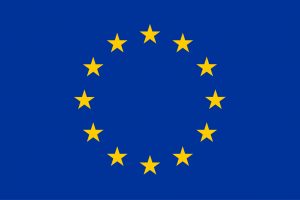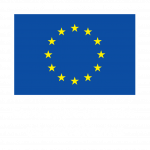

Nvidia invests $1bn in Nokia in push for AI-powered 6G networks
The world’s most valuable company is taking a stake in the Finnish telecoms giant as part of a strategic partnership to integrate artificial intelligence into mobile networks and lead the next generation of wireless technology.

Text by Martti Asikainen, 29.10.2025 | Photo by Nokia

Nvidia, the chipmaker at the heart of the AI revolution, is investing $1bn (€860) in Nokia, acquiring a 2.9% stake in the Finnish company at $6.01 per share.
The investment represents a major endorsement for Nokia, which once dominated the mobile phone market and now ranks among the world’s leading network equipment providers alongside Sweden’s Ericsson and China’s Huawei.
The partnership aims to transform telecommunications by embedding AI directly into mobile networks, developing what the companies call AI-RAN (artificial intelligence-powered radio access network) technology for 5G-Advanced and future 6G networks.
Market embraces the vision
Investors responded enthusiastically to the announcement. Nokia’s shares surged nearly 21% to €6.59 on the Helsinki stock exchange, adding €5bn to the company’s market value – reflecting confidence in the partnership’s potential.
Tero Kuittinen, a veteran telecoms analyst who has followed Nokia for decades, described the announcement to Finnish Yleisradio as “a relief” and a significant strategic move.
“Nokia needs major strategic partners right now, and this partnership with Nvidia is exactly that,” Kuittinen said from New York. “Nokia’s history with acquisitions has been challenging, so it’s excellent that this collaboration brings in a powerful ally.”
The partnership comes at a pivotal moment for the telecoms industry. Whilst Ericsson has secured major contracts with American operators and Huawei has expanded across emerging markets, Nokia now has a clear path forward with the world’s leading AI company.
“There’s now real hope that Nokia can get its product development firing on all cylinders again,” Kuittinen noted.
The AI mobile revolution
The partnership addresses a fundamental shift in how people use mobile networks. Nearly half of ChatGPT’s 800 million weekly users now access the AI chatbot via mobile devices, with monthly app downloads exceeding 40 million – and this is just the beginning.
Current mobile networks weren’t designed for this surge in AI-driven traffic. Nvidia’s new Aerial RAN Computer Pro platform will change that, creating networks that can handle both traditional mobile data and AI processing at the edge of the network.
“Telecommunications is critical national infrastructure – the digital nervous system of our economy and security,” said Jensen Huang, Nvidia’s founder and chief executive. The partnership, he added, would help “equip operators to build intelligent, adaptive networks that will define the next generation of global connectivity.”
Justin Hotard, Nokia’s chief executive, emphasized the transformative nature of the shift: “The next leap in telecoms isn’t just from 5G to 6G – it’s a fundamental redesign of the network to deliver AI-powered connectivity, capable of processing intelligence from the data centre all the way to the edge.”
Strategic importance of the deal
The collaboration positions both companies at the forefront of a technological revolution. T-Mobile US will begin field trials of the AI-RAN technology in 2026, validating the approach with one of America’s largest mobile operators. Dell Technologies will provide the PowerEdge servers that power the infrastructure.
According to analyst firm Omdia, the AI-RAN market is expected to exceed $200bn by 2030, representing a substantial growth opportunity within the broader mobile network equipment sector.
Atte Riikola, an analyst at Finnish firm Inderes, noted the significance of Nokia’s positioning: “There’s clearly strong momentum around AI-related companies right now, and Nvidia has been leading this transformation. Nokia has now secured its place at the centre of this development.”
Building the future together
The partnership extends beyond mobile networks to data centre infrastructure, where Nokia will supply optical solutions and network management software for Nvidia’s Spectrum-X Ethernet platform. The companies are also exploring how Nokia’s optical technologies can support future AI infrastructure architectures.
The collaboration brings together Nvidia’s AI computing leadership with Nokia’s decades of telecommunications expertise and global customer relationships. For Nokia, it provides access to cutting-edge AI technology and a powerful validation of its strategic direction. For Nvidia, it opens up the massive telecommunications market and establishes a foundation for AI at the network edge.
“Nvidia is strong enough to make major strategic investments globally,” Kuittinen observed. “This partnership gives both companies the opportunity to shape the future of telecommunications.”
T-Mobile’s John Saw, the company’s chief technology officer, underscored the industry significance: “This strategic initiative reinforces T-Mobile’s leadership in driving the US wireless industry forward. Beginning in 2026, we’ll conduct field evaluations of advanced AI-RAN technologies as we move toward 6G.”
The partnership marks a new chapter for Nokia and signals the telecommunications industry’s embrace of AI as a fundamental technology rather than an add-on – with trials beginning in 2026 that could reshape how mobile networks operate for decades to come.


Finnish AI Region
2022-2025.
Media contacts